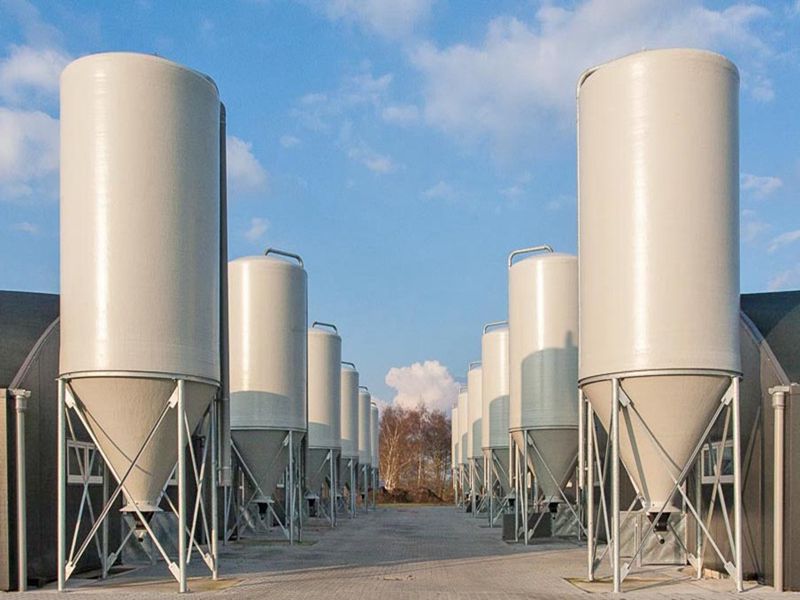
-
 Afrikaans
Afrikaans -
 Albanian
Albanian -
 Amharic
Amharic -
 Arabic
Arabic -
 Armenian
Armenian -
 Azerbaijani
Azerbaijani -
 Basque
Basque -
 Belarusian
Belarusian -
 Bengali
Bengali -
 Bosnian
Bosnian -
 Bulgarian
Bulgarian -
 Catalan
Catalan -
 Cebuano
Cebuano -
 China
China -
 China (Taiwan)
China (Taiwan) -
 Corsican
Corsican -
 Croatian
Croatian -
 Czech
Czech -
 Danish
Danish -
 Dutch
Dutch -
 English
English -
 Esperanto
Esperanto -
 Estonian
Estonian -
 Finnish
Finnish -
 French
French -
 Frisian
Frisian -
 Galician
Galician -
 Georgian
Georgian -
 German
German -
 Greek
Greek -
 Gujarati
Gujarati -
 Haitian Creole
Haitian Creole -
 hausa
hausa -
 hawaiian
hawaiian -
 Hebrew
Hebrew -
 Hindi
Hindi -
 Miao
Miao -
 Hungarian
Hungarian -
 Icelandic
Icelandic -
 igbo
igbo -
 Indonesian
Indonesian -
 irish
irish -
 Italian
Italian -
 Japanese
Japanese -
 Javanese
Javanese -
 Kannada
Kannada -
 kazakh
kazakh -
 Khmer
Khmer -
 Rwandese
Rwandese -
 Korean
Korean -
 Kurdish
Kurdish -
 Kyrgyz
Kyrgyz -
 Lao
Lao -
 Latin
Latin -
 Latvian
Latvian -
 Lithuanian
Lithuanian -
 Luxembourgish
Luxembourgish -
 Macedonian
Macedonian -
 Malgashi
Malgashi -
 Malay
Malay -
 Malayalam
Malayalam -
 Maltese
Maltese -
 Maori
Maori -
 Marathi
Marathi -
 Mongolian
Mongolian -
 Myanmar
Myanmar -
 Nepali
Nepali -
 Norwegian
Norwegian -
 Norwegian
Norwegian -
 Occitan
Occitan -
 Pashto
Pashto -
 Persian
Persian -
 Polish
Polish -
 Portuguese
Portuguese -
 Punjabi
Punjabi -
 Romanian
Romanian -
 Russian
Russian -
 Samoan
Samoan -
 Scottish Gaelic
Scottish Gaelic -
 Serbian
Serbian -
 Sesotho
Sesotho -
 Shona
Shona -
 Sindhi
Sindhi -
 Sinhala
Sinhala -
 Slovak
Slovak -
 Slovenian
Slovenian -
 Somali
Somali -
 Spanish
Spanish -
 Sundanese
Sundanese -
 Swahili
Swahili -
 Swedish
Swedish -
 Tagalog
Tagalog -
 Tajik
Tajik -
 Tamil
Tamil -
 Tatar
Tatar -
 Telugu
Telugu -
 Thai
Thai -
 Turkish
Turkish -
 Turkmen
Turkmen -
 Ukrainian
Ukrainian -
 Urdu
Urdu -
 Uighur
Uighur -
 Uzbek
Uzbek -
 Vietnamese
Vietnamese -
 Welsh
Welsh -
 Bantu
Bantu -
 Yiddish
Yiddish -
 Yoruba
Yoruba -
 Zulu
Zulu
frp car body
Understanding FRP Car Bodies Innovations in Automotive Design
The automotive industry is continually evolving, with advances in materials and technology at the forefront of this transformation. One of the most significant developments in recent years is the introduction of fiberglass reinforced plastic (FRP) car bodies. This innovative material has revolutionized vehicle design and manufacturing, offering numerous advantages over traditional materials like metal and steel.
FRP is a composite material that consists of a polymer matrix reinforced with fiberglass. Due to its lightweight nature, FRP has become increasingly popular in automotive applications. One of the primary benefits of using FRP in car bodies is the reduction in weight. A lighter vehicle not only enhances fuel efficiency but also improves handling, acceleration, and overall performance. For manufacturers aiming to meet regulatory standards for emissions, the integration of FRP can lead to significant advancements in sustainability.
Understanding FRP Car Bodies Innovations in Automotive Design
The flexibility of FRP in design is another notable advantage. The material can be molded into intricate shapes and forms, allowing designers to create aesthetically pleasing and aerodynamic vehicle bodies. This capability not only enhances the visual appeal of cars but also contributes to better aerodynamics, further improving fuel efficiency and performance.
frp car body

Moreover, the manufacturing process of FRP components can be more efficient compared to traditional methods. FRP can be produced using techniques such as vacuum infusion or resin transfer molding, which may result in shorter production times and less waste. This efficiency can lead to cost savings for manufacturers, which can be passed on to consumers in the form of lower prices.
However, the adoption of FRP car bodies is not without its challenges. One concern is the recyclability of fiberglass composites. While some advancements have been made in recycling technologies, the overall process remains less developed compared to metals, raising environmental concerns related to waste management.
Despite these challenges, the future of FRP in the automotive industry looks bright. As more manufacturers explore innovative materials and sustainable practices, FRP car bodies are poised to play a critical role in shaping the next generation of vehicles. With a growing emphasis on lightweight, durable, and environmentally friendly materials, FRP is becoming a staple in automotive design, paving the way for new possibilities in performance and efficiency.
In conclusion, FRP car bodies represent a significant advancement in automotive technology. Their lightweight, corrosion-resistant, and design-friendly properties offer compelling advantages that align with the industry's evolving needs. As the automotive sector continues to prioritize sustainability and innovation, FRP materials are likely to become increasingly common, transforming not just how cars are built, but also how they function on the road. The journey of incorporating FRP into car manufacturing is a testament to the ongoing quest for better, more efficient vehicles and represents a pivotal shift in automotive engineering.









